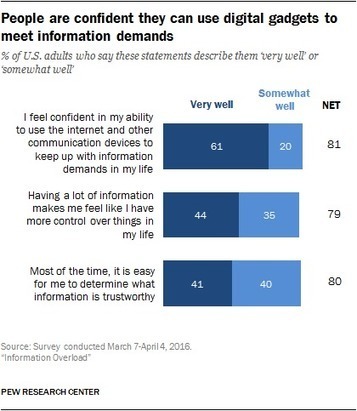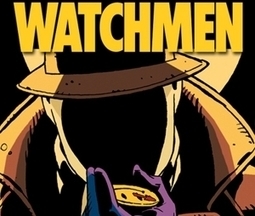.Once, these analysts would have written “big-picture” pieces, says Mr Kundnani. But 24-hour news and Twitter demand on-the-fly reporting and analysis, which blend into journalism. Nathan Thrall, the ICG’s Middle East analyst, based in Jerusalem, has written about the conflict in Gaza for, among others, the New York Times and the London Review of Books.
Some journalism, meanwhile, is becoming more wonkish. In April the New York Times launched the Upshot, which features data-packed articles—many written by wonks. “Wonkblog”, by the Washington Post, contains stories explained “in one chart”. In January one of its best-known writers, Ezra Klein, left to launch a website, Vox, that does something similar.
For politicians, policymakers and readers, more journalism means more information and choice. Inaccuracies can be quickly challenged and there is always a second opinion. For journalists, the news is not so good. Twitter, blogs and newsletters can get a think-tank’s ideas to its audience direct. Hence a relationship that used to be symbiotic, with wonks helping create news and hacks distributing it, is becoming competitive—especially in the battle for influential readers, such as politicians....
 Your new post is loading...
Your new post is loading...
 Your new post is loading...
Your new post is loading...















Covering thought leadership in journalism: Election '16: Lessons for Journalism is recommended reading if you follow journalism and social media.